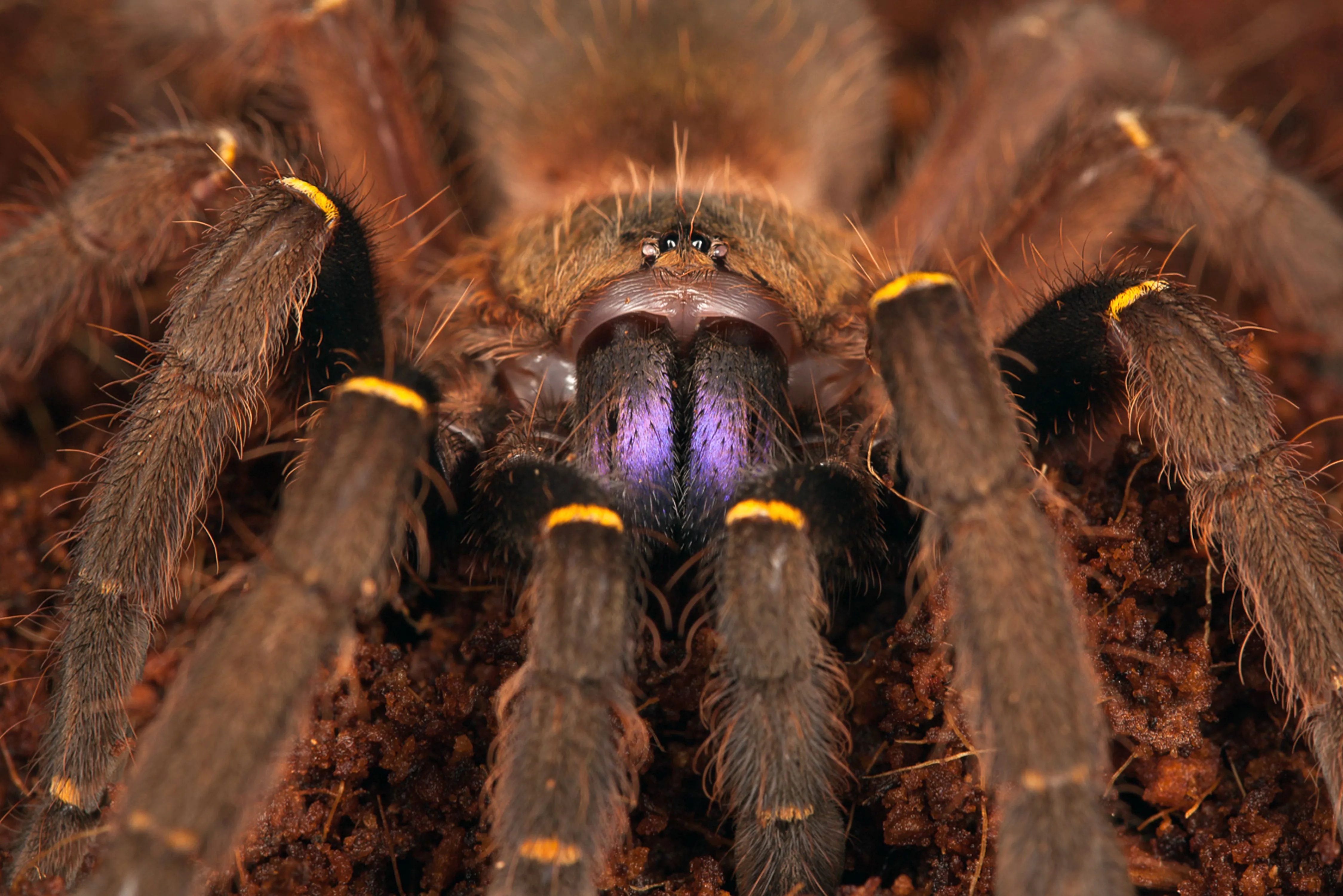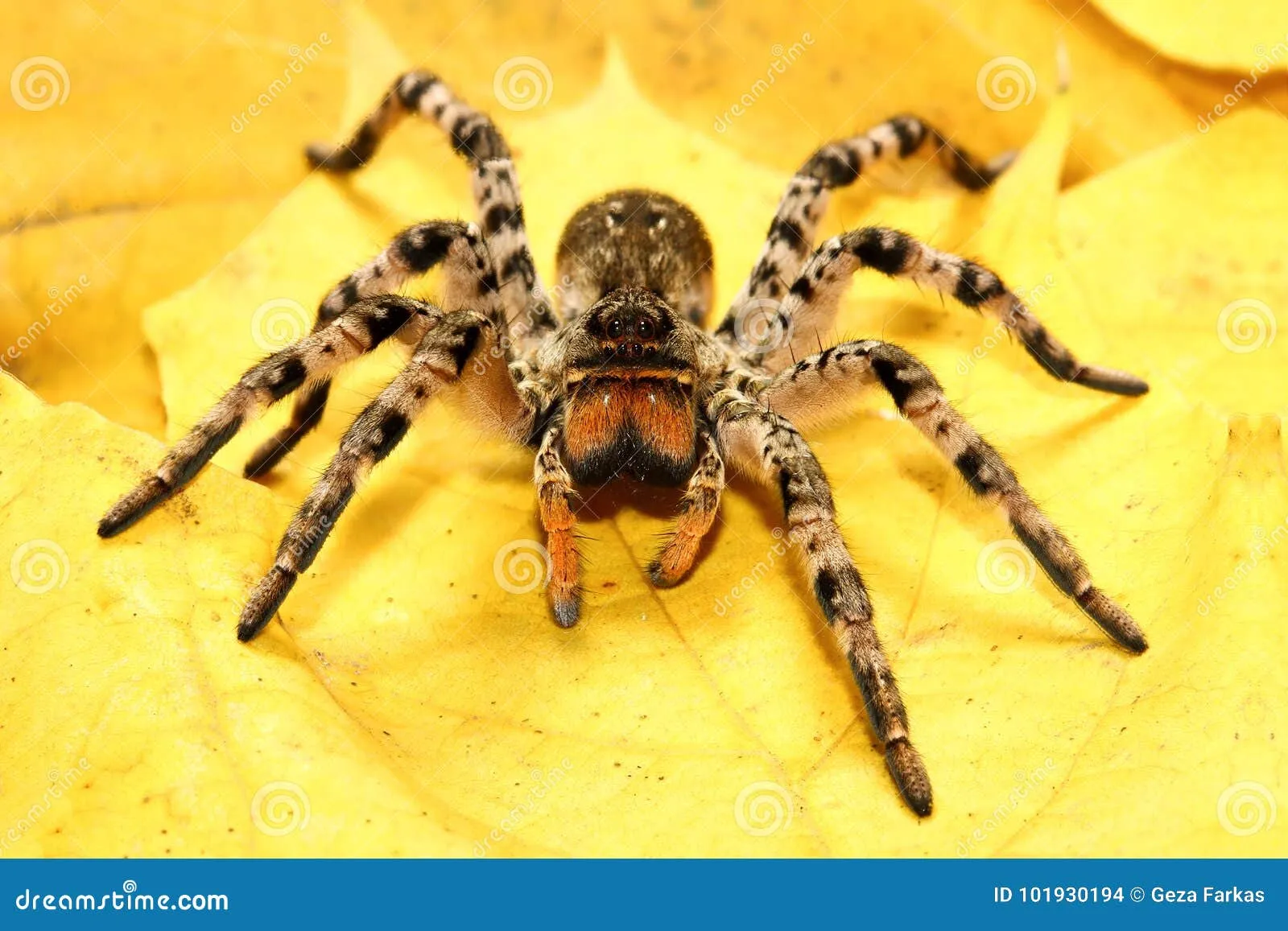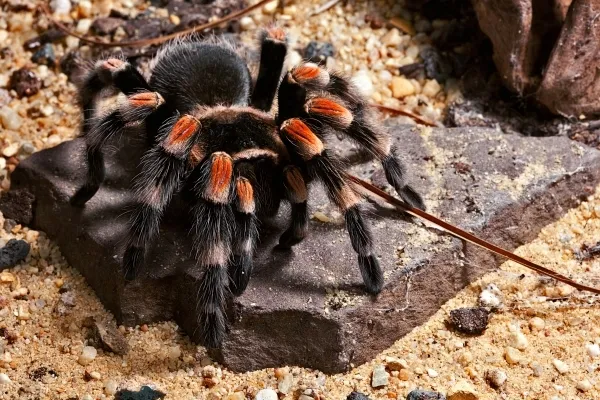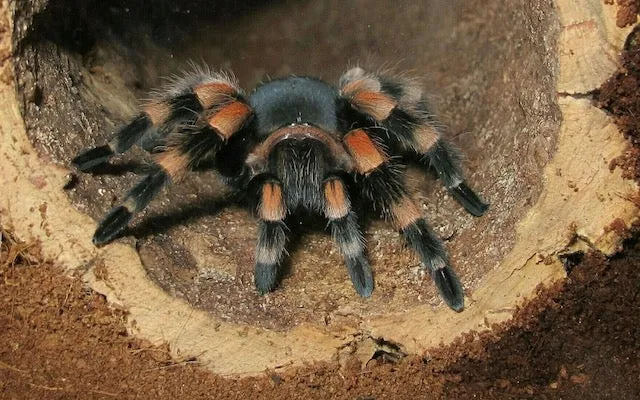Tarantula Dangers What You Need to Know
Tarantulas, with their often imposing size and hairy appearance, can be a source of both fascination and fear. While they are generally not considered highly dangerous to humans, it’s essential to understand the potential risks associated with these fascinating creatures. This article delves into the top 5 facts about tarantula dangers, providing a comprehensive overview of what you need to know if you encounter or interact with one of these spiders. Understanding these facts can help you appreciate these creatures while also staying safe.
Fact 1 The Bite and Its Effects
One of the primary concerns people have regarding tarantulas is their bite. While tarantula bites are not typically life-threatening to humans, they can cause discomfort and localized symptoms. The severity of a bite depends on several factors, including the tarantula species, the amount of venom injected, and the individual’s sensitivity. Most bites result in pain, redness, and swelling at the bite site.
Severity of Tarantula Bites

The severity of a tarantula bite usually ranges from mild to moderate. The majority of bites cause localized pain similar to a bee sting, along with redness and swelling. In rare cases, the bite can lead to more severe reactions, especially in individuals with allergies or sensitivities. The size of the tarantula doesn’t necessarily correlate with the bite’s severity, as venom potency varies among species. Most bites subside within a few hours or days.
Symptoms of a Tarantula Bite
Common symptoms of a tarantula bite include immediate pain, localized swelling, redness, and itching at the bite site. Some people may experience muscle cramps, or a general feeling of malaise. In more severe cases, symptoms might include nausea, vomiting, and dizziness, though these are less common. It’s important to monitor the bite site and any systemic symptoms that may arise. Seeking medical attention is advisable if symptoms worsen or if systemic reactions occur.
Fact 2 Venom and Toxicity
Tarantulas possess venom, a complex mixture of proteins and enzymes designed to subdue their prey. However, the venom of most tarantula species is not highly toxic to humans. The primary purpose of the venom is to immobilize small insects and other invertebrates that make up the tarantula’s diet. Despite the presence of venom, most tarantula bites are more painful than medically significant. The actual amount of venom injected during a bite is also relatively small.
Are Tarantulas Poisonous?

No, tarantulas are not poisonous. Poisonous creatures, like certain plants or frogs, release toxins when touched or ingested. Tarantulas, on the other hand, are venomous; they inject toxins through fangs. The venom is delivered through a bite, and the effect depends on the species and the amount of venom injected. Understanding the difference between poisonous and venomous is critical for accurately assessing the risks associated with tarantulas.
Venom Potency of Different Tarantula Species
The potency of tarantula venom varies significantly among different species. Some species, like certain Old-World tarantulas, are known to have more potent venom, which can cause more severe symptoms in humans. Other species, especially New-World tarantulas, have milder venom, and their bites typically cause less significant reactions. Researching the specific species of tarantula is crucial if you are concerned about potential dangers.
Fact 3 Allergic Reactions and Risks
While tarantula venom is not highly toxic to most people, some individuals may have allergic reactions. These reactions can range from mild to severe, depending on the person’s sensitivity and the amount of venom injected. Allergic reactions can complicate the bite, necessitating prompt medical attention. People with known insect venom allergies should exercise particular caution around tarantulas.
Recognizing Allergic Symptoms

Symptoms of an allergic reaction to a tarantula bite can include hives, itching, swelling (especially of the face, lips, or throat), difficulty breathing, and dizziness. In severe cases, anaphylaxis can occur, leading to a rapid drop in blood pressure, loss of consciousness, and potentially death. Recognizing these symptoms quickly is crucial for timely medical intervention.
When to Seek Medical Attention
If you experience any symptoms of an allergic reaction after a tarantula bite, it’s essential to seek immediate medical attention. This includes difficulty breathing, swelling of the throat or face, severe dizziness, or any other systemic symptoms. Even if the symptoms appear mild, it’s always a good idea to consult a doctor if you’re concerned about a tarantula bite, especially if you have any known allergies.
Fact 4 Defensive Behaviors to Avoid
Tarantulas, like all animals, have defensive mechanisms they use when threatened. One of the most notable is the use of urticating hairs, which can cause skin irritation and discomfort. Additionally, tarantulas might bite if they feel cornered or threatened. Understanding these behaviors helps prevent unnecessary interactions that could lead to unpleasant experiences.
Urticating Hairs and Skin Irritation

Many New-World tarantulas have urticating hairs on their abdomen, which they flick into the air as a defense mechanism. These hairs can cause intense itching and skin irritation upon contact, potentially leading to inflammation and discomfort. Avoiding contact with these hairs is crucial. Washing the affected area with soap and water can help alleviate the irritation. Preventing the tarantula from feeling threatened can minimize the risk of exposure to these hairs.
Bite Prevention Tips
To prevent tarantula bites, avoid handling them unless absolutely necessary and if you are experienced. If handling is unavoidable, wear gloves and handle the tarantula gently and calmly. Avoid sudden movements or actions that could startle the spider. Creating a safe and secure environment for both the tarantula and yourself reduces the risk of defensive behavior. Always be respectful of the animal’s space.
Fact 5 Environmental and Handling Hazards
Beyond the direct risks of bites and allergic reactions, certain environmental factors and handling practices can increase the dangers associated with tarantulas. Improper enclosure setups and irresponsible handling can create situations where both the spider and the handler could be harmed. Understanding these hazards is important for the responsible keeping and safe interaction with tarantulas.
Risks Associated with Handling Tarantulas

Handling tarantulas increases the risk of being bitten or exposed to urticating hairs. It’s important to handle them in a controlled environment and avoid sudden movements or actions. Always wash your hands thoroughly after handling, even if you didn’t experience a bite or hair exposure. The risks are amplified when handling tarantulas outside of their enclosure, particularly if the spider is startled or feels threatened.
Habitat and Enclosure Risks
A tarantula’s habitat should be secure and well-maintained to prevent escapes and injuries. Enclosures should be escape-proof, with secure lids and appropriate ventilation. The substrate and décor should be safe for the spider. Regular cleaning and maintenance help maintain a healthy environment. Incorrect temperature or humidity levels can stress the spider, potentially leading to defensive behavior or illness. Always provide a water source and appropriate shelter to meet the tarantula’s needs.
Conclusion
In conclusion, while tarantulas are not inherently highly dangerous, potential risks are associated with them. Understanding these dangers helps you to appreciate these fascinating creatures while ensuring your safety. Awareness of the potential for bites, allergic reactions, and the defensive behaviors of tarantulas is essential. Responsible handling, careful enclosure management, and a healthy respect for these spiders contribute to a safe environment for both tarantulas and humans. By staying informed and taking appropriate precautions, you can minimize the risks and enjoy the unique experience of observing tarantulas.
